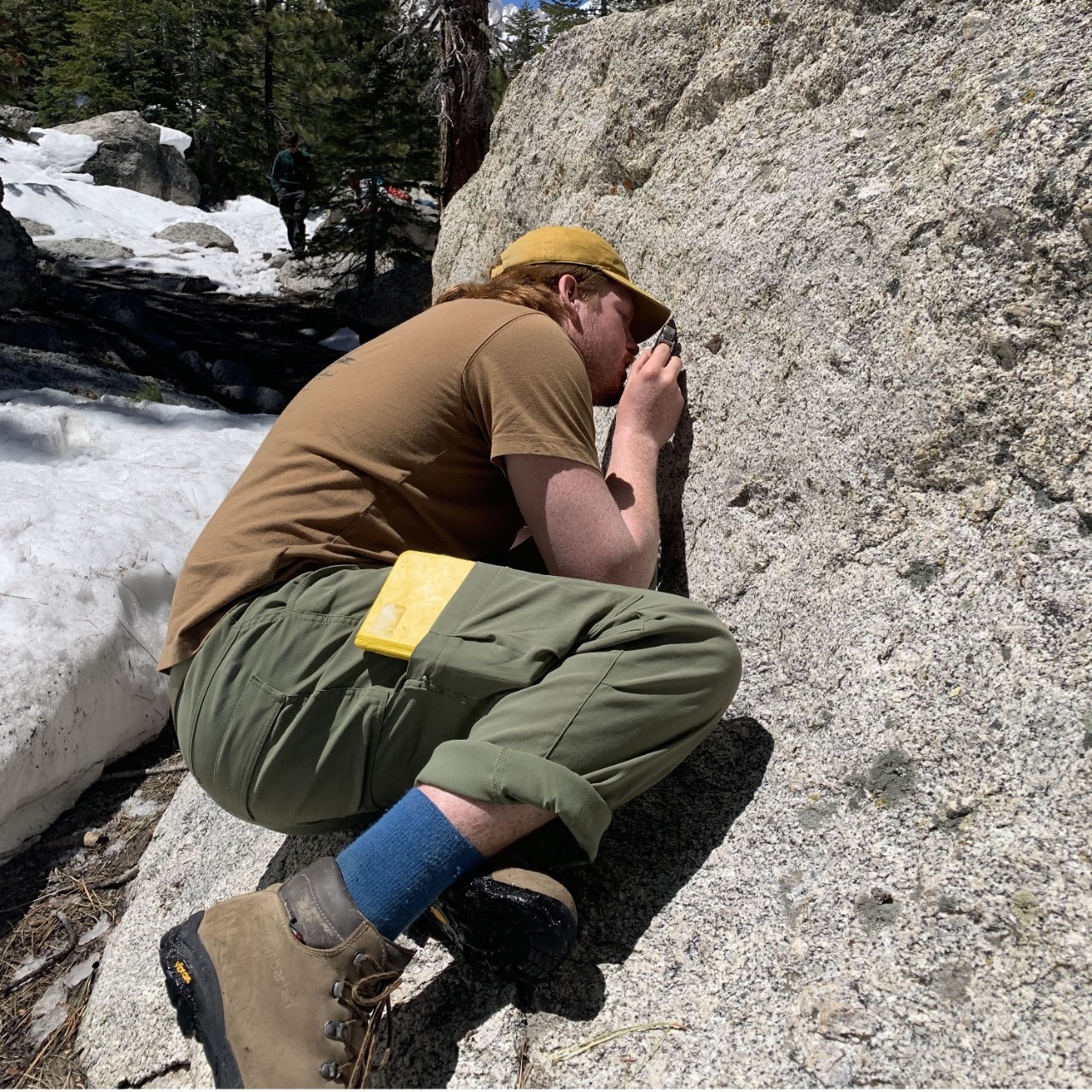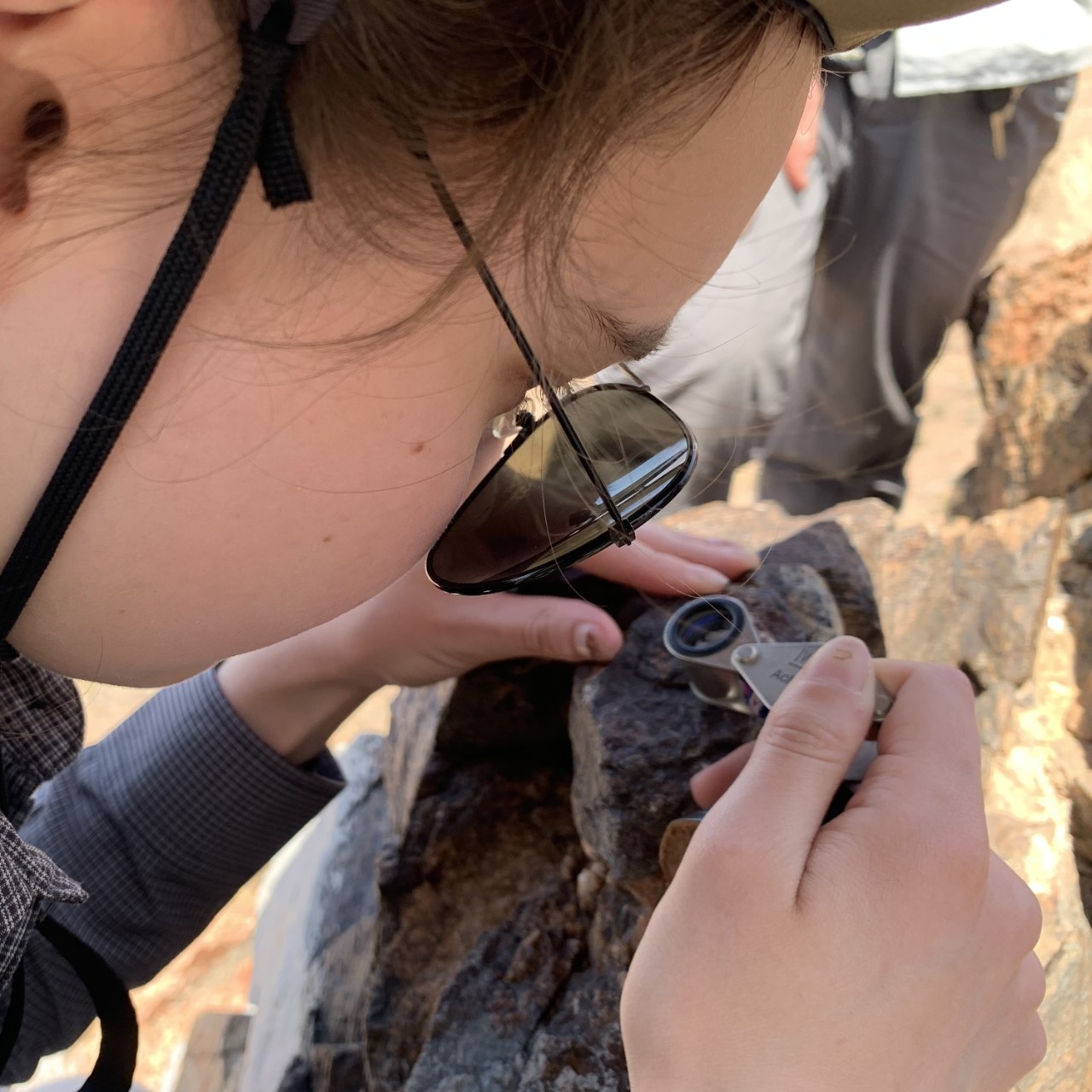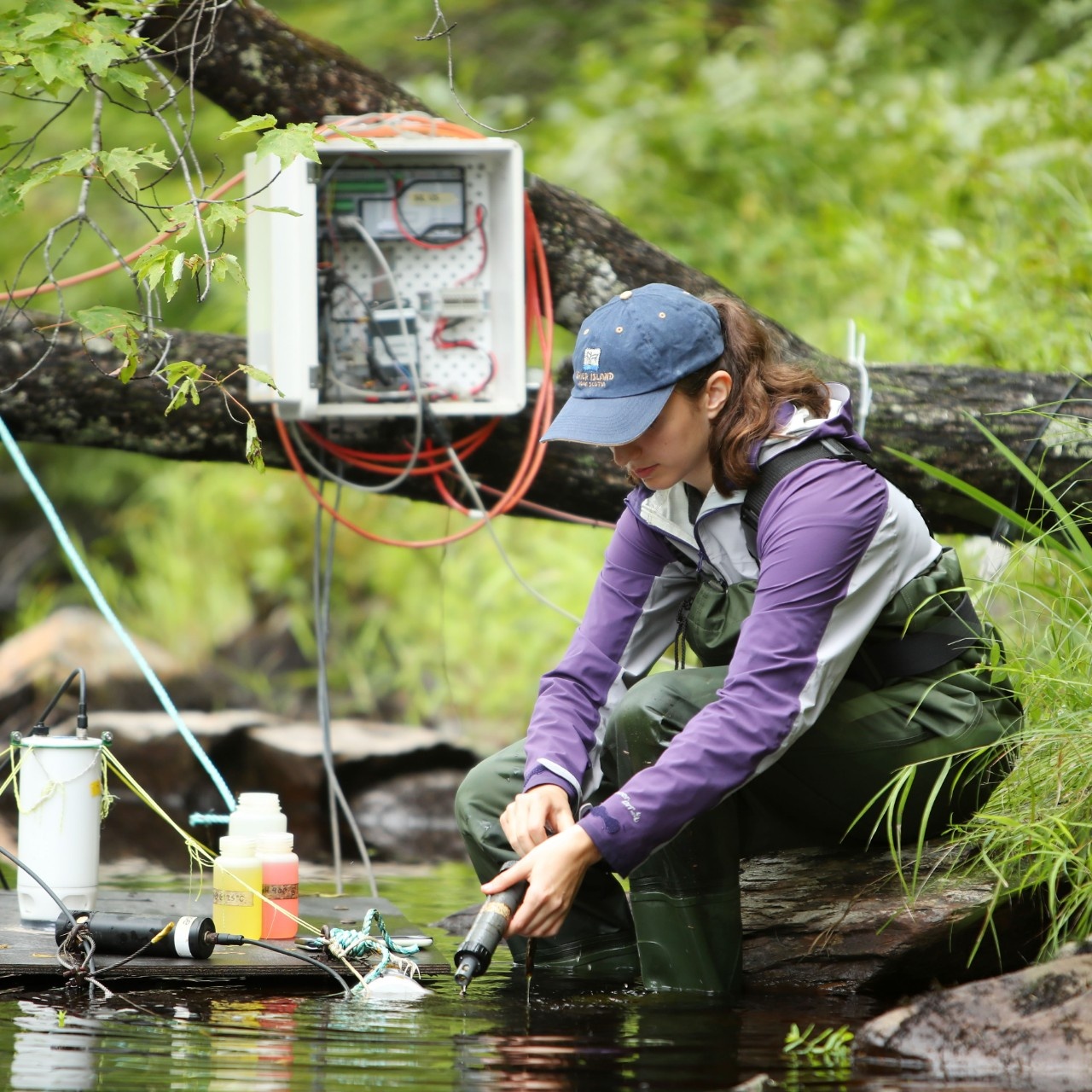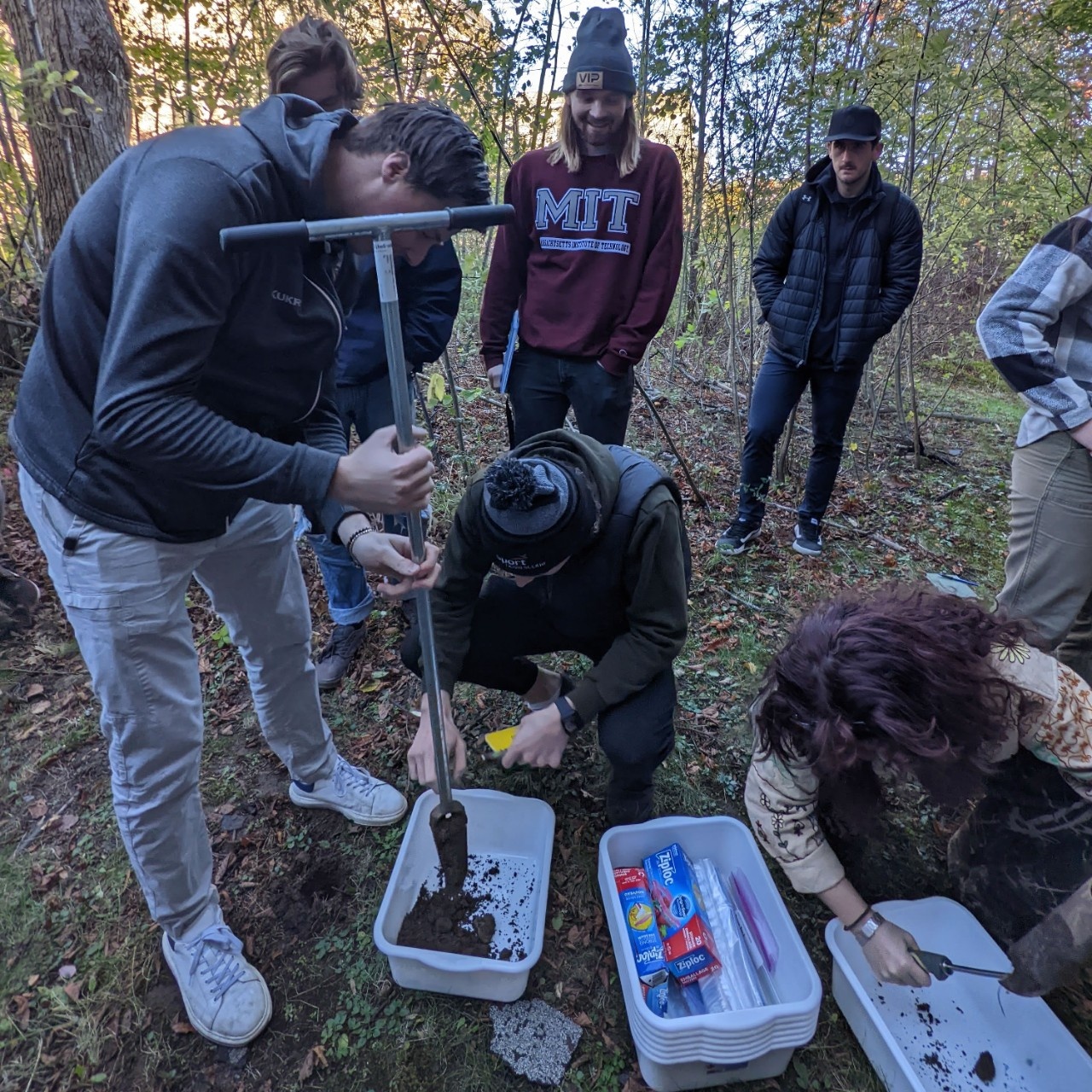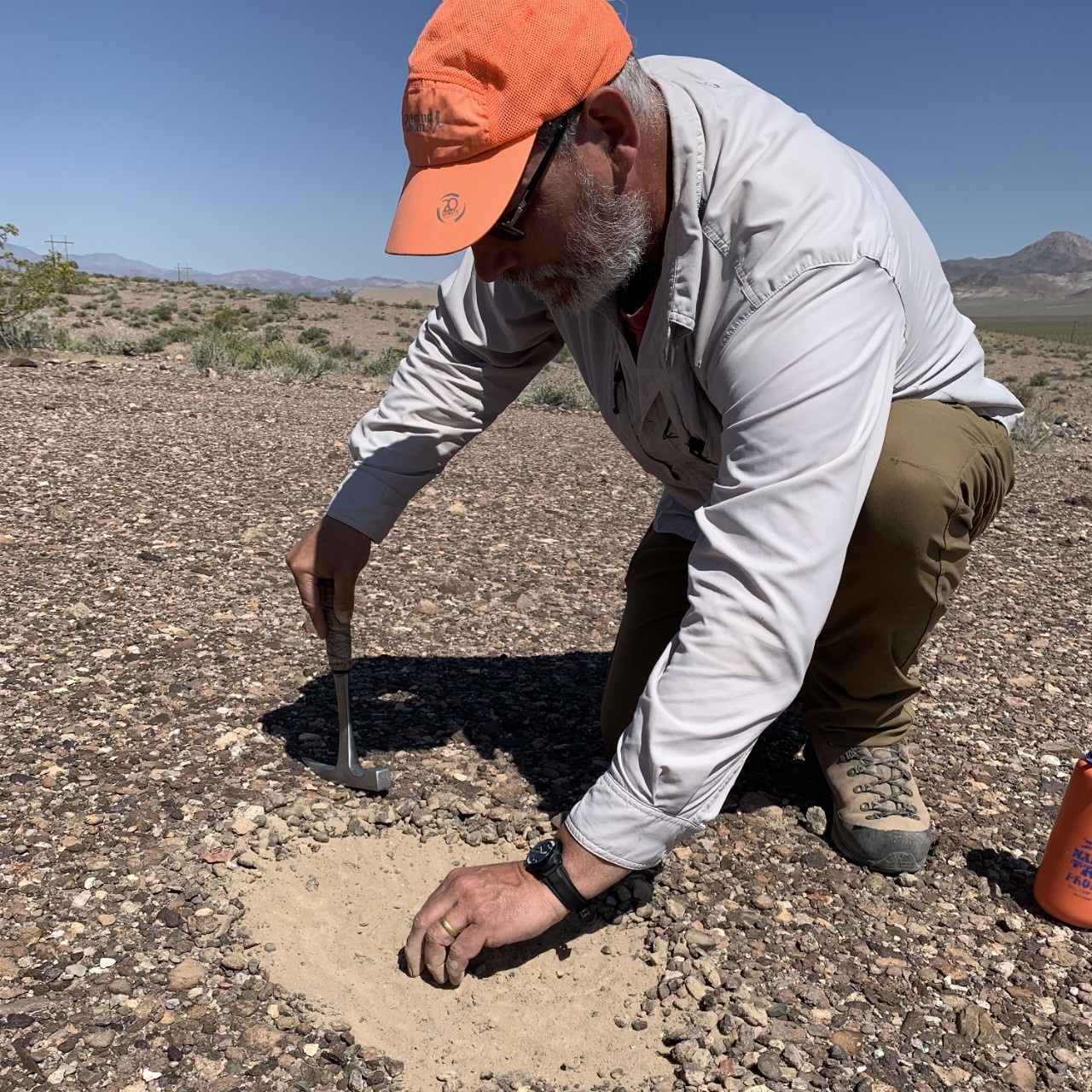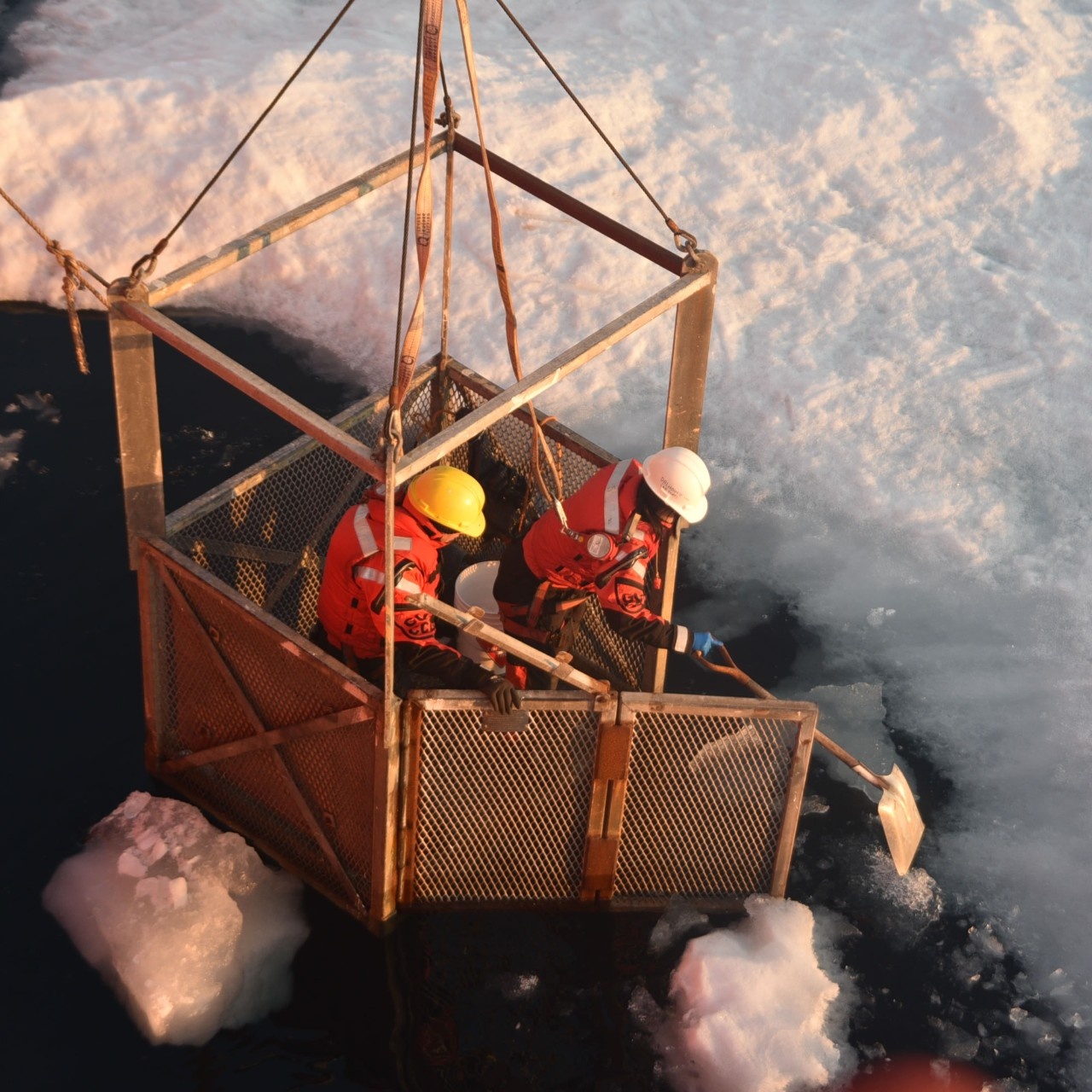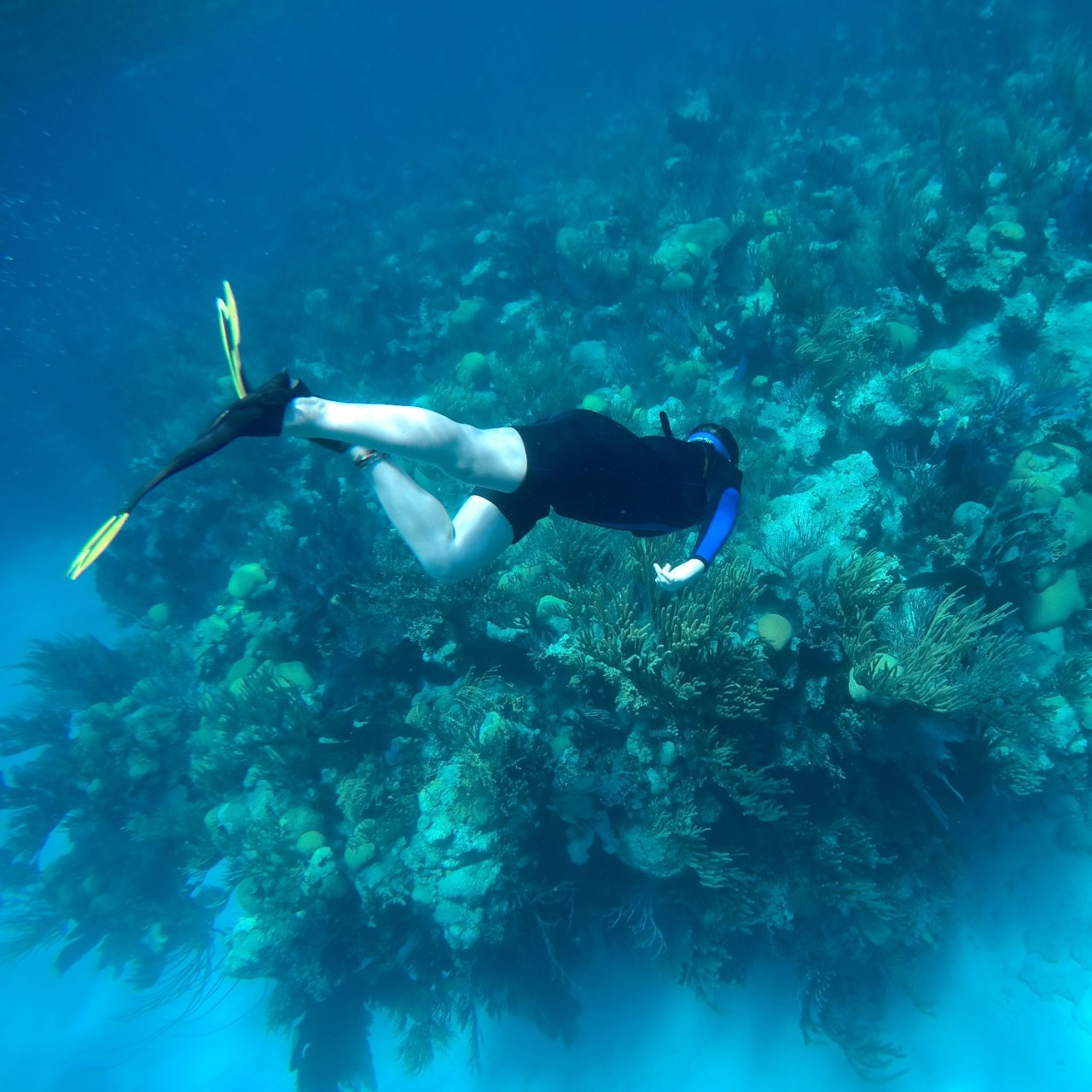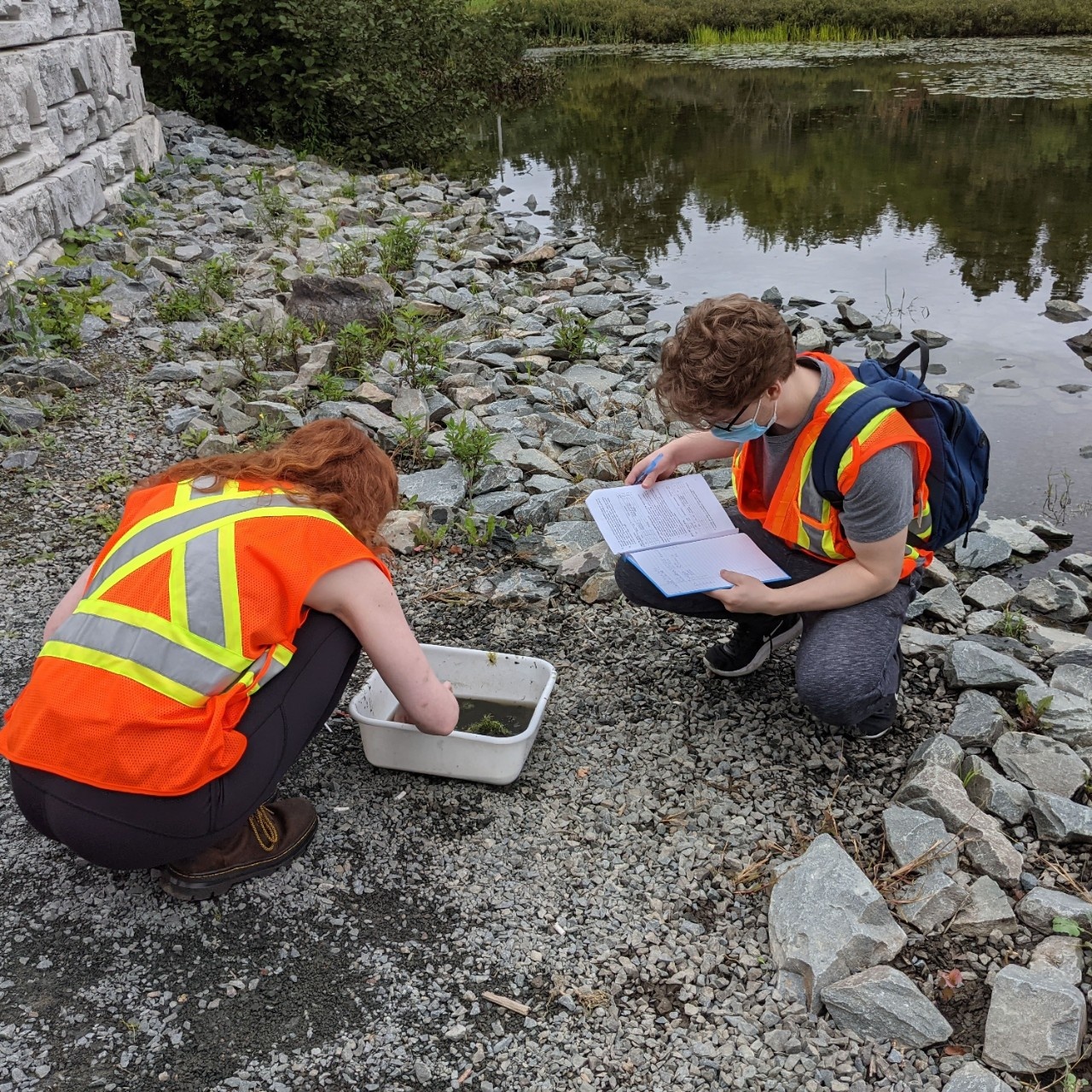Current Research Strengths
In 2018 the Department of Earth and Environmental Sciences amalgamated research strengths from faculty in AV俱乐部鈥檚 Environmental Program with research strengths of faculty in the Department of Earth Sciences, which also included environmental sciences.聽 We鈥檙e excited to announce that there are four new positions being advertised this academic year, and all have links to environmental and climate science, to help us build an Atlantic Canada Environmental Sciences research strength.聽 You will see the environmental and climate change theme in much of our research.
Here are our 2024-2025 Research Strengths:
